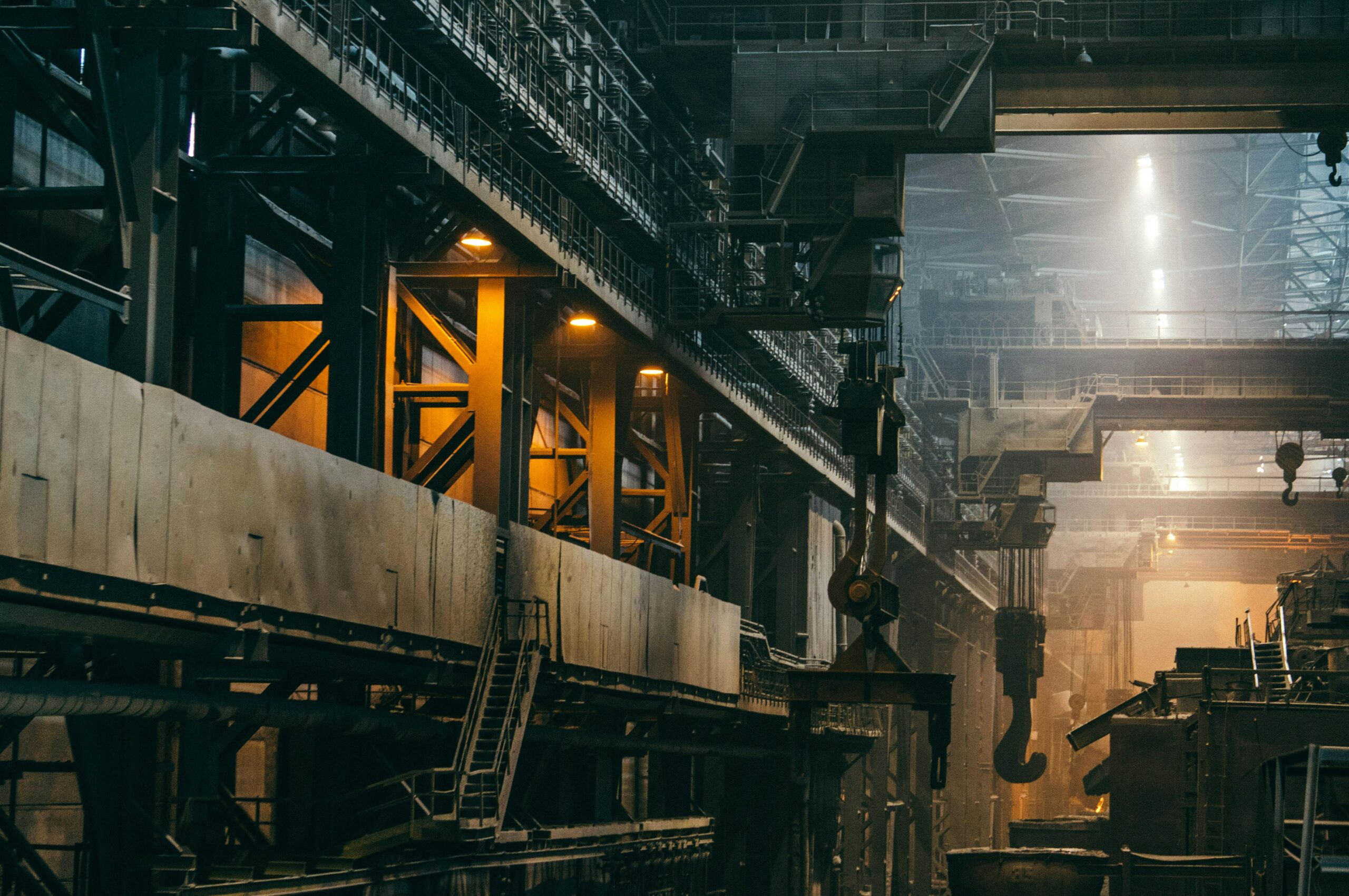As Canada continues to transition toward a low-carbon economy, the demand for clean, reliable, and affordable energy sources grows significantly. With ambitious goals to reduce emissions and combat climate change, the country is increasingly exploring various forms of clean energy, including nuclear power. Nuclear energy, with its non-emitting and consistent output, offers a promising solution to Canada’s energy challenges. Small Modular Reactors (SMRs) are emerging as a critical component of this strategy, aiming to provide reliable power while supporting the nation’s clean energy goals.
The recent announcement of $13.6 million in funding from Natural Resources Canada’s Enabling Small Modular Reactors (SMR) Program marks a significant step forward in advancing SMR technology. Nine research projects have been selected for this funding, each focused on different aspects of SMR development and deployment, from fuel storage to supply chain logistics. These investments underscore Canada’s commitment to becoming a leader in the global nuclear energy landscape while ensuring a safe, prosperous, and sustainable future.
The Potential of SMRs in Canada’s Energy Landscape
Small Modular Reactors (SMRs) offer several distinct advantages over traditional nuclear reactors. They are smaller in size, more flexible, and can be built in modular units, making them ideal for deployment in remote areas or regions with less established infrastructure. Moreover, SMRs can be used in a variety of applications, from providing clean electricity to the grid to supporting energy-intensive industries like mining and manufacturing. This flexibility allows SMRs to complement other renewable energy sources, such as wind and solar, which may be intermittent and require reliable baseload power.
Canada is already a global leader in nuclear energy, with over 70,000 Canadians employed across the nuclear supply chain. The country’s robust nuclear industry provides a strong foundation for the development and deployment of SMRs. These reactors could play a crucial role in decarbonizing industries that are traditionally difficult to electrify, such as heavy industry and transportation, helping Canada meet its climate targets. Additionally, the safety and efficiency improvements that SMRs bring to the table could position Canada as a global leader in nuclear innovation, attracting further investment and international collaboration.

Strategic Investments in SMR Technology
The $13.6 million funding announced by Julie Dabrusin, Parliamentary Secretary to the Minister of Environment and Climate Change, represents a crucial investment in the future of Canada’s clean energy sector. These funds are being distributed across nine innovative research projects, each addressing key aspects of SMR development and commercialization.
One of the most significant investments is the $3.75 million granted to the Nuclear Waste Management Organization (NWMO) to enhance the compatibility of its current Adaptive Phased Management program with the upcoming deployment of SMRs. Managing nuclear waste remains one of the most critical issues facing the industry, and NWMO’s work is crucial in ensuring that SMRs are developed in an environmentally responsible manner.
Other notable projects include the $2.75 million for Prodigy Clean Energy Ltd. to research and develop transportable nuclear power plants, a concept that could revolutionize energy access in remote or underserved regions. Similarly, the North Shore Mi’kmaq Tribal Council in New Brunswick received $2.07 million to develop robust supply chains anchored in First Nations ownership. This initiative represents an important step toward inclusive economic development while ensuring that Indigenous communities play a pivotal role in Canada’s energy future.
SMRs as a Pathway to Economic Prosperity
Beyond the environmental benefits, the development of SMRs presents a significant opportunity for economic growth and job creation in Canada. The nuclear sector already supports over 70,000 jobs across the country, and as SMRs move from research and development to commercial deployment, this number is expected to grow. The funding allocated through Natural Resources Canada’s SMR Program is designed to support Canadian workers and industries, ensuring they remain competitive in the global energy market.
The potential for economic growth extends beyond the nuclear industry itself. SMRs could provide affordable, reliable electricity to industries that rely on large amounts of energy, such as manufacturing, mining, and oil sands operations. By lowering energy costs and reducing emissions, SMRs could enhance the competitiveness of Canadian businesses in the global market. Additionally, the modular nature of these reactors means they can be constructed more quickly and at a lower cost compared to traditional large-scale reactors, further driving economic benefits.
Furthermore, Canada’s commitment to inclusive growth is highlighted by investments in Indigenous-led projects. The North Shore Mi’kmaq Tribal Council’s work in developing SMR supply chains is a prime example of how Canada is integrating Indigenous communities into its clean energy transition. This approach not only fosters economic development but also promotes reconciliation and shared prosperity.
Climate Insider Analysis
Canada’s investment in SMR technology represents a strategic move in the broader context of the country’s energy transition. While renewable sources such as wind, solar, and hydroelectric power are crucial in reducing greenhouse gas emissions, their intermittency and geographic limitations make the need for a stable baseload energy source clear. SMRs, with their smaller footprint and enhanced safety features, present an appealing solution to this challenge.
However, the success of SMRs in contributing to Canada’s low-carbon economy will depend on several factors. First, the technology must prove economically viable at scale, both in terms of construction and operation. Second, public perception of nuclear energy remains a critical hurdle. While SMRs are designed to be safer and more efficient than traditional reactors, nuclear power still faces opposition due to concerns about radioactive waste and potential accidents. Addressing these concerns through transparent communication and stringent safety standards will be essential to gaining public trust and regulatory approval.
In the long term, SMRs could significantly enhance Canada’s energy security and help the country achieve its net-zero emissions goals. By investing in research, development, and commercialization now, Canada is positioning itself as a global leader in SMR technology. The inclusion of Indigenous communities in these projects further strengthens the social and economic benefits of the clean energy transition, ensuring that all Canadians can participate in and benefit from the shift to a low-carbon economy.
SMRs offer not only a solution to Canada’s energy challenges but also a pathway to a more sustainable and prosperous future. These reactors could play a transformative role in the country’s energy landscape, providing clean, reliable power while fostering economic growth and innovation. The strategic investments announced by the federal government mark a crucial step toward realizing this vision, but ongoing support and collaboration will be key to ensuring the successful deployment of SMRs across Canada.








